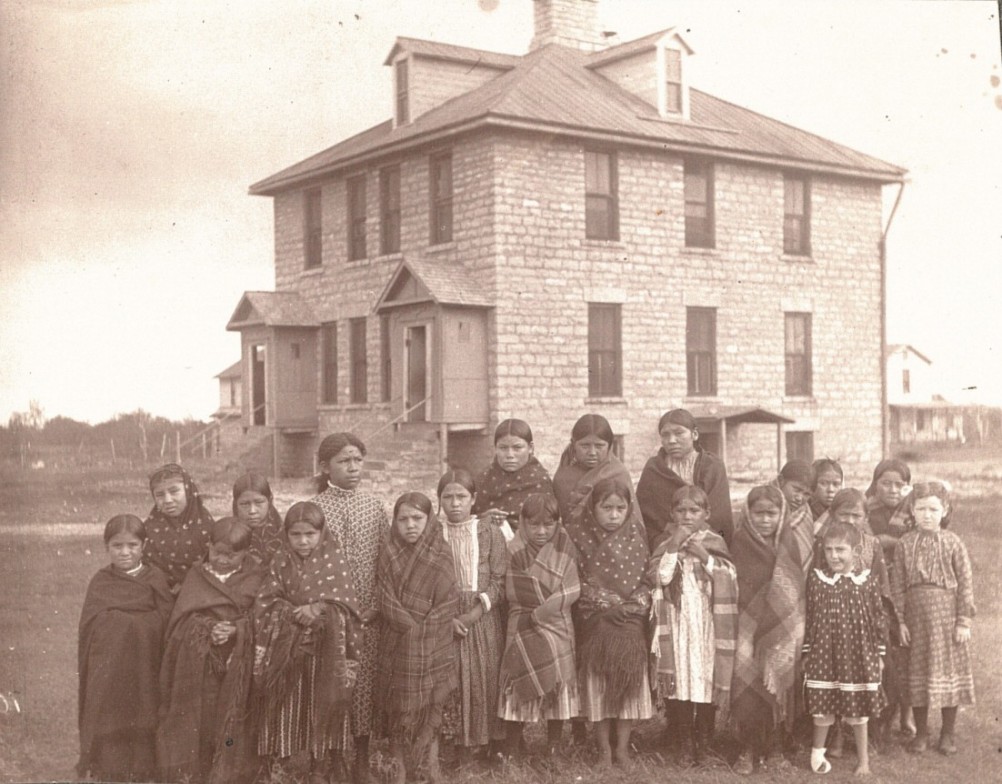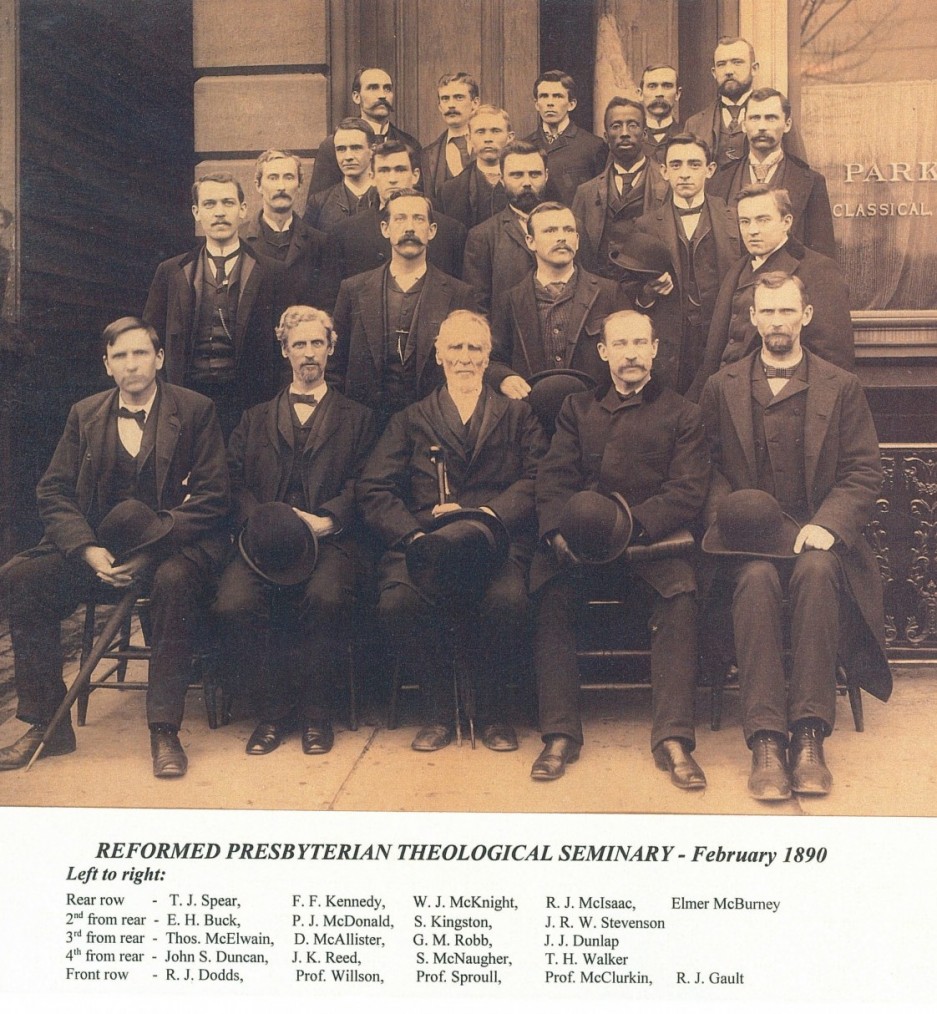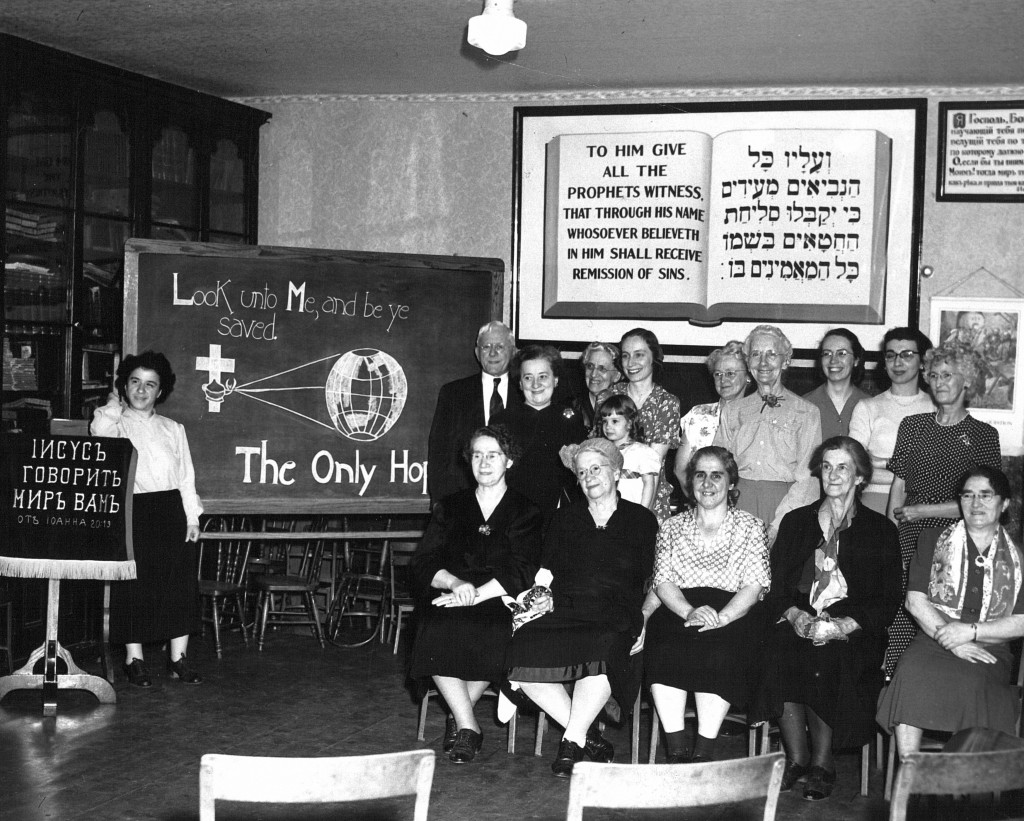You have free articles remaining this month.
Subscribe to the RP Witness for full access to new articles and the complete archives.
The following is an excerpt from William J. Edgar’s book History of the Reformed Presbyterian Church of North America (1871–1920).
Says the author: “Many have written about the Scottish history up until 1689, and a few (William Glasgow, David Carson, Emily Moberg Robinson) have written about the Covenanters in the New World until 1871. This is the first book to cover the Reformed Presbyterian Church from 1871–1920. This particular excerpt relies partly on Moberg Robinson’s dissertation, Immigrant Covenanters: Religious and Political Identity, from Scotland to America.”
The excerpt printed below is from the opening chapter which provides background to the rest of the book. This covers the period from 1680–1774.
Covenanters first appeared in England’s colonies as slaves—not chattel slaves like the Africans became, but similar to Israelite slaves held by fellow Israelites for up to six years. 1 J. D. Douglas, in Light in the North, writes repeatedly of Covenanters being sold as slaves.2
After 1700, poor harvests sent a stream of Scots and Scots Irish to the New World, seeking land of their own to escape being tenant farmers. Like other immigrant groups, they usually settled close together, mostly in South Carolina, Pennsylvania, New York, and Vermont, and often on the frontier.
Alexander Craighead, the minister who for a time served Society3 people in the New World, led them in a renewal of the two Covenants that bound the British Isles and its colonies to the Second Reformation. He did so in a ceremony at Middle Octorara, Pa., on Nov. 11, 1743, the 100th anniversary of the Solemn League and Covenant. The Covenant’s renewal emphasized the “descending obligations” of the covenants upon the nation that had signed them.4 They were also occasions for making further testimonies against faithless rulers and backsliding churches.
Even before the American Revolution, civil and ecclesiastical arrangements were far different in the American English colonies than in Great Britain. There was no established church to dissent from in New York or Pennsylvania, and the established Anglican Church in South Carolina was actually only one church among many. In the colonies, the king’s claim to be head of the church hardly mattered. What kept the relatively few Covenanters from assimilating with their more numerous Scots Presbyterian neighbors? It was their continuing political dissent, justified by the fact that Great Britain owned the colonies; so the colonies were implicated with the mother country as covenant breakers.
Other things kept Covenanters together besides loyalty to the covenants, buttressed by memories of the short 17th-Century period when they had ruled Scotland. First, in families and Societies, they told and retold stirring, ancestral martyr stories about how they had defended the truth with their blood. These stories were still being retold in the 1960s and later. There was an emphasis on brave and defiant last words. For example, the Marquis of Argyll in 1661 declared, “I had the honor to set the crown on the King’s head, and now he hastens me to a better crown than his own.”5 The Reverend James Guthrie, also in 1661, said,
I do bear my witness unto the National Covenant of Scotland, and Solemn League and Covenant betwixt the three kingdoms of Scotland, England, and Ireland. These sacred, solemn, and public oaths of God, I believe, can be loosed nor dispensed with by no person or party or power on earth, but are still binding on these kingdoms and will be so for ever hereafter.
The farmer John Brown was shot and killed by soldiers in 1685 in front of his home while his wife and two small children watched. What did she think of her husband now? “As much now as ever,” Brown’s widow answered laconically. Old Donald Cargill, speaking to the watching crowd in Edinburgh, said, “The Lord knows I go on this ladder with less fear and perturbation of mind, than ever I entered the pulpit to preach.” The two Margarets from Wigton were tied to stakes in Solway Firth to await the incoming tide. The elder, 63, was placed farther out so that the younger, 18, could watch her drown. Asked what she thought of her drowning companion, young Margaret Wilson replied, “What do I see but Christ in one of his members wrestling there? Think you that we are the sufferers? No, it is Christ in us.” They also retold the sad story of the brief Covenanter rebellion that ended with the debacle of the 1679 Battle of Bothwell Bridge. Oddly enough, defeats more than victories seem to solidify a people’s enduring identity.
Second, daily family worship with psalm singing, prayers, and the Westminster Shorter Catechism maintained spiritual devotion. The catechism’s answers instructed Covenanters in ancient and Reformation theology.
Third, the Societies themselves kept Covenanters together. They brought with them skills of self-organization. Wherever they settled, they knew how to organize themselves into Societies, what to do in them, and how to run them with lay leadership. The Societies had published rules, and they enforced them. For example,
1. This being a private duty, and mutual among private Christians, it is convenient, and for preventing of confusion and disorder, there be few more than 10 or 12 in a society.
2. When any society increaseth much above 10 or 12, it is fit they divide themselves in two…with the consent of the whole….
9. That every one carefully shun being tedious, either in prayer or conference….
10. Let the undervaluing, or the least appearance of slighting, be carefully avoided….
11. That the conference may be the more edifying, in the interval between prayer there may a question be proposed, and, for order’s sake, it is usual that he who prayed last propose the question, which is to be briefly answered.
13. If contention or debate be like to arise, anent any subject they confer about, it is dangerous to insist; but it is the best godly prudence to break off abruptly, and go to prayer again.6
These rules helped to keep independent-minded and sometimes quarrelsome Covenanters on good terms with one another and so enabled the Societies to survive over long periods of time.
Fourth, Covenanters usually intermarried, a tradition still alive in the 1960s, and they often settled close to each other, a practice that continued in Kansas into the late 19th Century.
Fifth, two itinerant preachers ministered to the scattered colonial Covenanters. Traveling from Society to Society, they preached, baptized, married, and held annual weeklong communion seasons. The first of these preachers, the firebrand Alexander Craighead, joined the Covenanters and led them in their 1743 renewal of the Solemn League and Covenant in Lancaster County, Pa. After he left the Societies in 1751, the new Reformed Presbytery of Scotland sent the Reverend John Cuthbertson to minister to them. For 30 years he shepherded the Society people, riding up and down the colonies from his home in Lancaster County. In his diary, where he reveals himself as a deeply spiritual man, he recorded the large number of communions, baptisms, and marriages he performed.7
As Covenanters moved west over the Appalachian Mountains, Cuthbertson’s flock dispersed beyond his ability to reach them all. He needed help. Responding to a request from the General Meeting of the New World Societies, the Irish Reformed Presbytery sent the Reverends Dobbins and Lind to America. Together with Cuthbertson, they formed a Reformed Presbytery in the colonies in 1774, just before the American Revolution.
Most Presbyterians, including Covenanters, supported the Revolution, enough that England’s former prime minister Horace Walpole said in oft-quoted words, “There is no good crying about the matter. Cousin America has run off with the Presbyterian parson, and that is the end of it.”8 How would dissenting Covenanters handle American independence?
William J. Edgar received a PhD in history at the University of Pennsylvania. He pastored the Broomall, Pa., RPC for over 30 years while also teaching high school mathematics. Most recently, he served as interim president of Geneva College. He is one of the writers of God and Politics.
Notes
-
See Deuteronomy 15:12–18 for Mosaic rules for holding fellow Israelites as slaves. ↩︎
-
Douglas, J. D., Light in the North, 1964, pp. 118–119, 125, 143, 154, 157, 168. Among other accusations made against Charles II and James II, the Covenanters regularly included being sold as slaves. ↩︎
-
A lay movement of invitation-only local meetings that had begun in the 1680s by Richard Cameron’s followers. ↩︎
-
For the biblical basis of the descending obligation of covenants to future generations, see Deuteronomy 5:2–3, Joshua 9, and 2 Samuel 21. ↩︎
-
He means Charles II, King of Scotland. ↩︎
-
Taken from Walter Smith, “Rules and Directions anent private Christian Meetings, for Prayer and Conference to mutual edification, and to the right management of the same,” 1681. There were 24 rules in all. ↩︎
-
The Diary of Rev. John Cuthbertson, 1929. ↩︎
-
See James Webb, Born Fighting: How the Scots–Irish Shaped America, 2004. ↩︎


